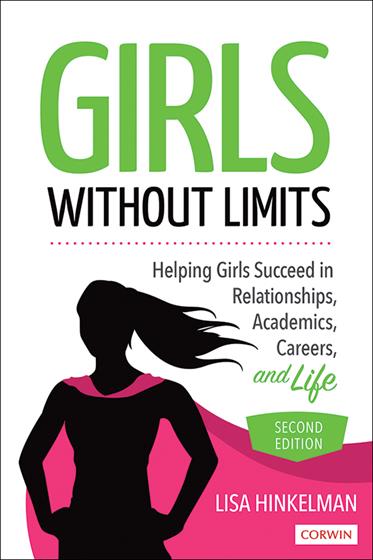Gender Disparities in AP Computer Science Exams: Analysis of Trends in Participation and Top Achievement
By A. Kadir Bahar, Erdogan Kaya, and Xiaolu Zhang
Journal of Advanced Academics; 2022; Volume 44, Issue 4
Despite increasing demand for computing jobs, only one of every five PhDs in Computer Science (CS) are earned by women, and this underrepresentation is echoed in high school Advance Placement (AP) courses. This paper focuses on how schools can remedy that disparity and create more equitable classrooms for girls.
The Bureau of Labor Statistics estimates STEM-related jobs will grow by 10% by 2030, which is 50% more than any other occupation. Most of that growth will be in computing jobs, where women represent just 30% of the workforce. As discussed in this paper, such underrepresentation can be at least partially explained by barriers that exist in middle and high school settings. Using AP CS test scores collected from more than one million students between 1997 and 2020, researchers explore the factors that contributed to increased participation and exam success among female students during that time.
Schools can encourage girls toward computing careers and begin diversifying their CS classrooms by implementing inclusive educational strategies. These can include simple steps like encouraging girls to try CS courses and exposing them to female role models. It can also involve changing curriculum so that it appeals more to girls’ interests, directly addressing gender stereotypes in the classroom, and offering pre-AP CS courses, which tend to focus on more socially meaningful and culturally relevant content.
Related Titles
Resources
In the “Implications for Practice” section, the researchers mention Barbara Ericson and Barbara Liskov’s keynote speech at SIGCSE 2022. Though that speech is unavailable online, Barbara Ericson’s excellent PEERS Webinar on “Increasing Diversity in Computing” is available on YouTube at the following link:
The researchers also suggest that teachers, administrators, and policymakers use a CAPE framework when addressing systemic gender inequities in computer science education. You can read more about CAPE at the Expanding Computer Education Pathways website, which includes additional resources for understanding and applying the framework. Among them is a CAPE analysis report from West Hartford Public Schools, which serves as an example of how to implement the framework.
Reflection Questions and Next Steps
- What is the male-to-female ratio for your AP CS courses? Do you notice a difference between CS AP and CS Principles enrollment? Can you identify why more boys might take those courses than girls?
- Do you know whether there are disparities in your AP CS exam scores? Do boys tend to score higher than girls? Can you disaggregate that same data by race? What inequities do you find there?
- In 2020, the male-to-female ratio for AP CS courses was 2.26, meaning there were more than double the number of boys enrolled. The male-to-female ratio for all AP courses was just .80, meaning slightly more girls enrolled on average. What differences between your AP CS and other AP courses might contribute to that gap?
- Does your school consider gender or race when inviting career-focused role models as guest speakers? If not, what resources would you need to change that? Who in your school could help you?
- Review the CAPE Framework introduction provided in the Resources section on this page. How might your school use this framework to improve equity in its CS courses? Review the West Hartford 2021 CAPE analysis too. What resources would you need to conduct a similar survey and analysis?

